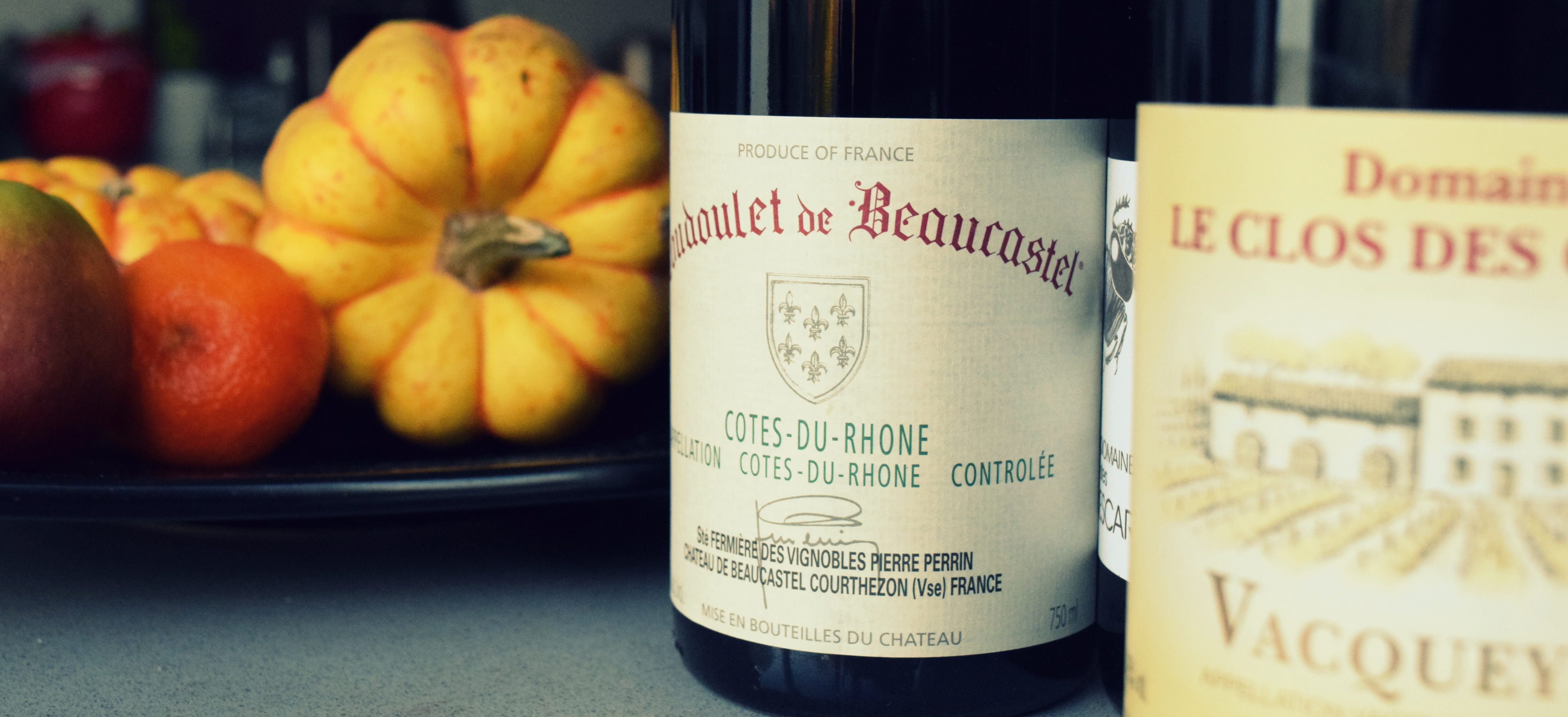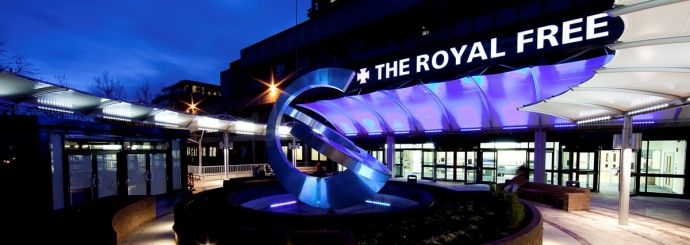
So a couple of months ago I had a minor operation on my nose. There was something up there that wasn’t going away, and given that my sister had had a similar experience a while ago and that her something ended up being a rare, aggressive and extremely nasty lymphoma, I decided to have it removed and checked out. It was a simple affair, requiring general anaesthetic but just a brief trip to hospital, in and out in a single day. I was waved away a few hours after my arrival, clutching a variety of nose drops and some simple painkillers. And for a few days life was fine. The doctor called to reassure me that the biopsy had not revealed anything scary. The something had gone, to be replaced by a constantly regenerating assortment of gunk, and though I didn’t exactly feel wonderful, the painkillers were only occasionally required.
A week later I came down with something viral-seeming. I went to bed weirdly early and slept for 12 hours. The following day I felt similarly poorly. The day after that I felt a little better, and for the first time since the operation I ventured out of the house, to a couple of art galleries with my mother. That night, though, I took a turn for the worse. I started vomiting, and continued to do so on and off for four days. At first I thought it was food poisoning, the result of a bowl of noodle soup on that outing with my mum. When it continued beyond 24 hours I thought it was probably norovirus, the dreaded winter vomiting bug we read so much about at this time of year. The official advice for those affected is to avoid hospital and doctors’ surgeries, to just get through it. Within three or four days it should be over. For the duration I ate little, and what I did eat didn’t hang around. I drank water, most of which came back up as well. After three days and four nights the vomiting stopped, but I continued to feel awful. Still trying to avoid non-infected humans I booked in a telephone consultation with my GP, who quizzed me about my symptoms. Had I been pooing, she asked? Well yes, profusely for a while, but not for a day or so. Could I come in to collect a prescription? Well yes, I suppose so. And then, almost as an afterthought, had I been weeing? Well, now you mention it, not so much. I think you’d better pop in, she said.
I popped in, and – having been saving up for a couple of hours – provided a urine sample. She didn’t like it much, and told me to report to a hospital for a blood test. So I went to my local A&E, who sent me up to a different department, who ignored me for a couple of hours and then took a sample, and told me to wait for a further hour or two for the results.
A while later a doctor came and called me into her office. The blood results come in in three parts, she said. Two of them were in, and didn’t show anything conclusive. The third should land any minute. As she spoke she repeatedly refreshed her screen and, on cue, they dropped. So did her jaw. She told me she’d be back in a minute, and left the room. When she returned, she had a consultant in tow. My kidneys were not working. eGFR, the blood reading that attempts to estimate kidney function and should be somewhere between 90 and 100, sat at four. Creatinine, another indicator of healthy kidney function, should sit somewhere between 60 and 110. My reading was over 1,200.
Later I was told that, with my body weakened by nasal surgery, I had suffered a rare but not unheard-of reaction to ibuprofen, one of the pain-killers I’d been given as I left hospital. Then, in pain because of the violent vomiting that accompanied by kidney failure and made my chest ache and blood haemorrhage around my eyes, I’d taken more ibuprofen. In the 10 days that followed my nose surgery I’d taken a total of nine ibuprofen tablets – the maximum dose was four a day – but apparently it had been enough. Thanks to some confusing biopsy results they’re no longer sure about what caused it, but just to be safe I am never to take ibuprofen again.
I was parked in a corner of the ward, with a saline drip. A group of doctors from intensive care came to see me, and spoke with a forced geniality I didn’t find entirely reassuring. I wasn’t going anywhere any time soon, unless it was into their care. I spent that night on the random ward I had first been sent to, which wasn’t supposed to offer residential care, but in most British hospitals these days there are beds anywhere that’ll fit them. I spent it getting regularly woken by the woman in the bay next to mine, who spoke not a word of English but appeared extremely grumpy and also, perhaps not coincidentally, in a fair amount of pain.
By lunchtime the following day I was still on a drip, and feeling worse than ever. But there was news: this hospital didn’t have a specialist serious renal fuck-up unit, but a space had come up at the one at the Royal Free, another hospital a few miles away, and I was getting it. In the late afternoon I was put in a wheelchair and taken to an ambulance – not the boxy, flashy-lighted kind, but the minibus-style, not-so-fast variety. On the way we took a detour to drop another patient off at his home, every speed bump and unexpected stoppage making me feel more nauseous than before. Finally we arrived, and I was wheeled up to my new temporary home, where I was ignored for a while, my blood pressure was taken by a nurse who didn’t know how to take a blood pressure reading, and another blood sample followed. And then I was ignored a bit more.
The late afternoon is a bad time to arrive at a new hospital ward. The day staff are starting to think about what they’re going to have for dinner, and then they disappear entirely to hand over to the night staff. Night fell without me meeting a doctor, though I was pleasingly distracted by watching a dodgy feed of Watford’s victory over Arsenal, taking place a few miles away in another corner of north London.
I have to surmise the chain of events here a little. The night staff took over from the day staff. The results of my blood tests arrived, and were placed in a stack of paperwork somewhere where they were ignored for a while. Finally, sometime around midnight, someone looked at them, and they didn’t like what they saw. They got on the phone to the on-call consultant, who told them not to hang about.
It took a few nights in hospital for me to understand how the rhythm of life there works. Action happens during the day. Maintenance happens at night. When I was admitted, the plan would have been for me to be parked in a corner of the ward overnight, ready for doctors to start actually thinking about me the following day. But the results of my blood test suggested that my continued existance the following day was not something that could be taken for granted.
A little after midnight I was whisked away from my bay of four beds and put into a private room, where two doctors worked to insert a haemodialysis line – a high-volume blood-extraction thingamy – into my groin. It was a straightforward procedure, they reassured me. Shouldn’t take long. Their first attempt, though, didn’t work. Their second attempt didn’t work either (my groin sported garish bruises for a fortnight). They tried to insert a low-volume line into my left arm, and three attempts at that failed as well. Then they moved up to my neck.
This was not a fun hour. Despite local anaesthetic, the 45 minutes of groin-bashing was uncomfortable. The five minutes of arm-jabbing was unpleasant. And then there was 20 minutes spent with a protective surgical blanket over my chest, neck and also face, my breath condensing on the plastic that covered my mouth, while they went at my neck. For a few minutes this seemed to be failing as well, and though I didn’t feel intrinsically any worse than I had at lunchtime, as the doctors cursed I was starting to feel a little concerned about what further unpleasant plot twists the evening had in store.
There were none. As I understood it – which was hardly at all – the dialysis line required the insertion of a guide wire into one of the body’s significant veins (which seemed straightforward enough), and then a tube is pushed in around the wire, which was the problematic bit. Finally, however, after a bit of forceful and desperate shoving, the doctor’s work was done. I was quickly x-rayed to check that the needle hadn’t pierced my heart or lung, and then I was hooked up to the dialysis machine.
You forget how good normal feels. By this time my kidneys had been out of action for several days. My body had swollen with the excess water that I wasn’t urinating out, and my veins were coursing with poisons and toxins that my kidneys should really have been removing for me. My arms and legs had been tingling angrily for a couple of days, and really weren’t working very well at all – walking wasn’t so straightforward, and when I was given a form to fill in after my arrival at the Royal Free I could hardly fashion a legible letter. Then you get dialysis, which involves taking blood, cleaning it up and popping it back in again, and for a while you stop feeling quite so poisoned. And comparatively speaking not quite so poisoned feels good.
Two hours later, a little after 3am, I was moved back to my bay, to spend the first of five nights with a rotating cast of extremely sick old men (one, to be fair, was quite cheerful, and not so old really). And for the remainder of that day the toxins built up again. There could be no dialysis, because it involves the use of blood thinners, and I’d had a chunk of kidney removed for testing in the afternoon, and doing those two things too close together can lead to dangerous internal bleeding. What’s more, for six hours after the biopsy I had to lie totally flat on my back, without moving. Which was all well and good until I started wretching violently. A nurse rushed in and injected me with something to stop the sickness, which had the bonus added effect of pretty much stopping me from moving anything – arms, legs, fingers, lips, eyelids – but not from hearing or thinking, leaving me pretty much locked immobile inside my body for half an hour or so.
I was scared. I felt sick, and knew I was to be denied access to the thing that made me feel better. Though the previous night had in the end been quite dramatic, I felt the drama had been caused by my being deprived of necessary medical attention for several hours, and I feared a night spent in my little corner of the ward, curtains drawn around my bed, too sick to speak, being ignored while the poisons spread.
I know I was scared, genuinely fearful. But even now I don’t know whether any of this was rational. I experienced enough on the ward to know that extremely sick people on a cocktail of medication can be guilty of some very muddled thinking. One evening the man in the bed next to me, a normally very sensible retired accountant, summoned a doctor. When the doctor arrived, he said he wanted to check that they had received his bag. What bag, asked the doctor? The one he’d brought in to the hospital earlier that day, he said. A bag full of “guns and whatnot” that he’d been given, and instructed to deliver. The doctor assured him that there were no guns on the ward, but that she’d look into it. The patient then explained that he was furious that, having done no more than his “civic duty”, he was now being detained against his will, and demanded his immediate release. The man had bruising on one foot that meant he couldn’t walk, and was on dialysis. He had been in hospital for several months. The following day I noticed a John Le Carre thriller on his dressing table, which perhaps had permeated his drug-addled subconscious.
That day brought more dialysis, and things started to improve. I never again felt as sick as I had on the Tuesday and Wednesday. On Thursday night I saw my children for the first time since Sunday, putting on a brave if not entirely convincing face and leaving my ward – where under-14s were banned – for the first time. On Friday I started to urinate profusely, a tell-tale sign that my functions were returning. By Saturday I was stronger still, walking only slightly wobble-legged around the ward, and started to feel that, if there was a Monday version of myself in another hospital waiting for a space to come up on this specialist renal screw-up unit, perhaps the Saturday version of myself should get out of his way. Late that afternoon, I went home.
That was a couple of months ago. Most of the time since then has seen a story of slow improvement, from a very low base, but I’ve been told that it will take upwards of six months for me to feel anything approaching actually healthy. The sense of gradual improvement has been broken only in the last fortnight, in which I have been semi-permanently fatigured. Still, this is a long road, and not a direct one.
So I haven’t been drinking much wine. For a while after the initial operation I lost my sense of smell and taste. For a while after the kidney failure I lost my sense of humour. Both, happily, are returning. I’ll be doing more basic wine-related posts again, I think. Humble ruminations on whatever’s in my glass at home, rather than touring round tastings or fancy dinners with esteemed winemakers, invitations to which are understandably rare given the recent lack of action on this site. Be patient with me, hopefully we can still have some fun together.
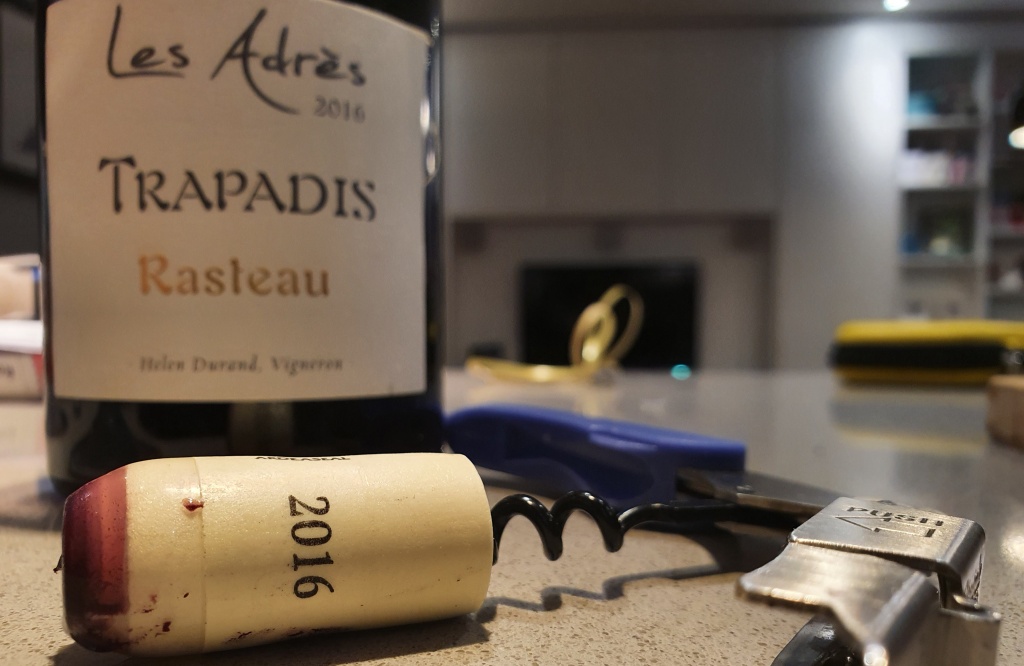

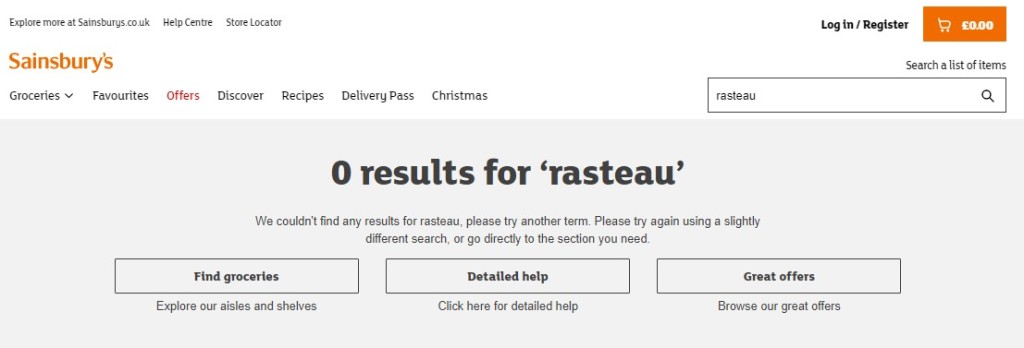



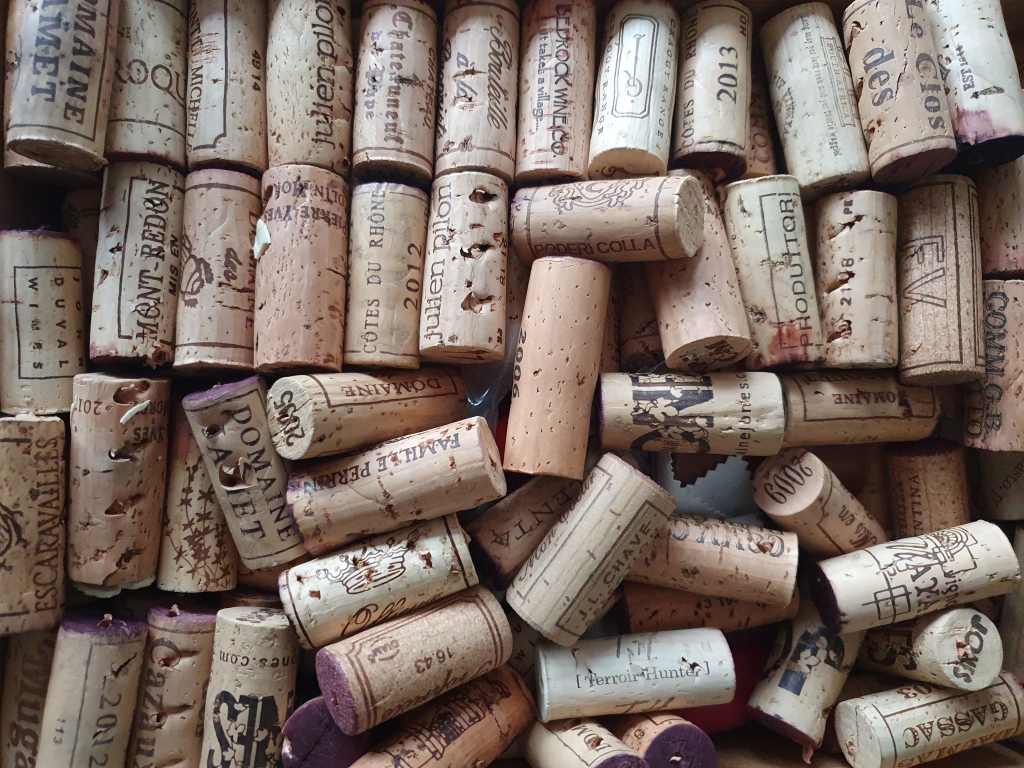
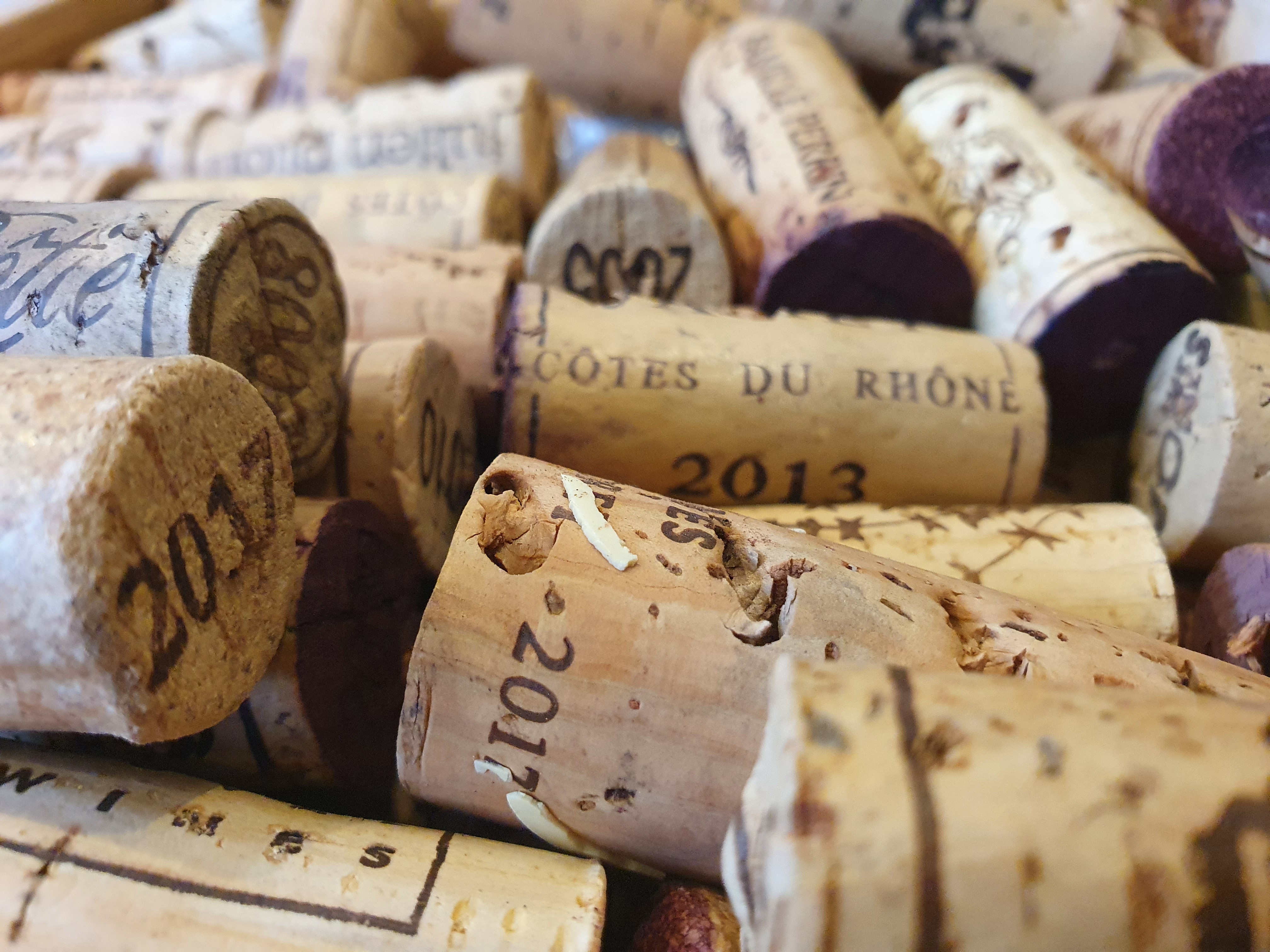



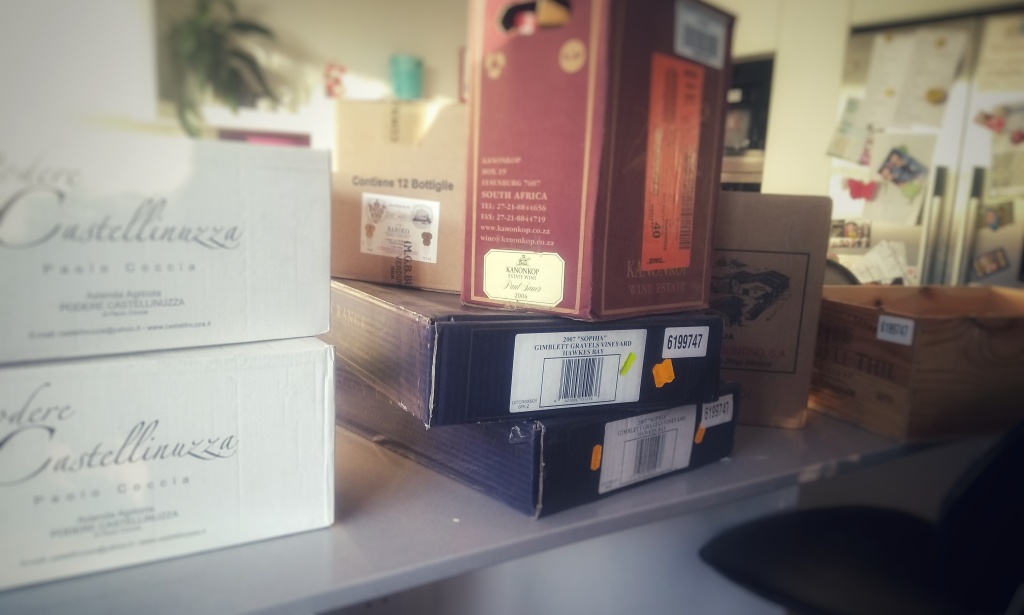
 So this is a book by someone who’s previously written a successful wine-related road-trip male-bonding novel but for several years failed to follow it up with anything else, about someone who’s previously written a successful wine-related road-trip male-bonding novel but for several years failed to follow it up with anything else. “Everything – and I mean almost everything – in Vertical is a fictionalised version of reality,” the real-life author, Rex Pickett, says of the story. Sometimes it’s hard to know where reality ends and fiction begins, with characters existing in triplicate in different states of made-upness. For example, Pickett has a real-life friend called Roy, who inspired the character Jack, friend of the fictional author Miles Raymond, who in turn inspired the character Jake, star of Raymond’s successful doubly kind-of-fictional wine-related road-trip male-bonding novel.
So this is a book by someone who’s previously written a successful wine-related road-trip male-bonding novel but for several years failed to follow it up with anything else, about someone who’s previously written a successful wine-related road-trip male-bonding novel but for several years failed to follow it up with anything else. “Everything – and I mean almost everything – in Vertical is a fictionalised version of reality,” the real-life author, Rex Pickett, says of the story. Sometimes it’s hard to know where reality ends and fiction begins, with characters existing in triplicate in different states of made-upness. For example, Pickett has a real-life friend called Roy, who inspired the character Jack, friend of the fictional author Miles Raymond, who in turn inspired the character Jake, star of Raymond’s successful doubly kind-of-fictional wine-related road-trip male-bonding novel.

